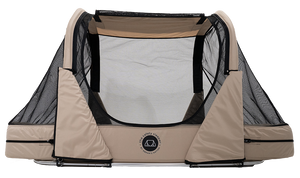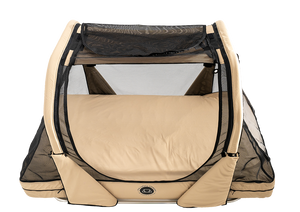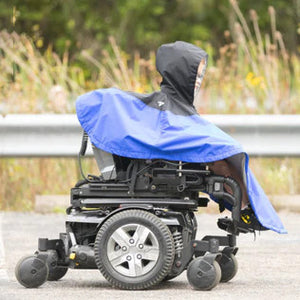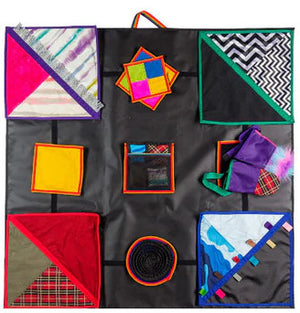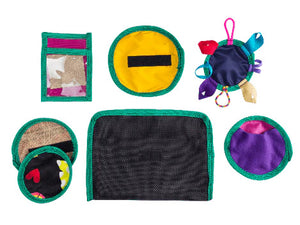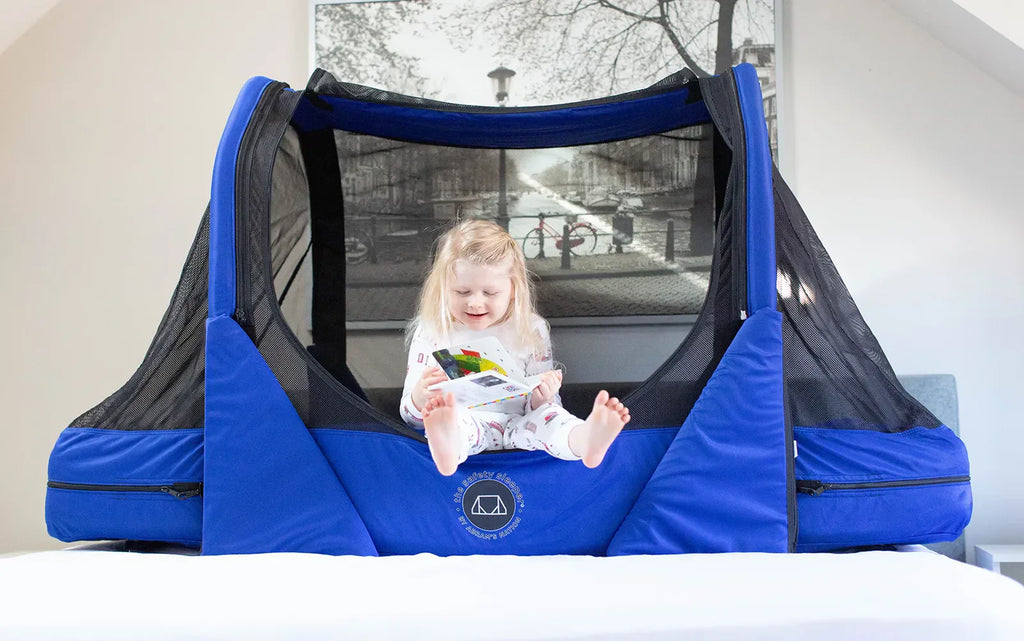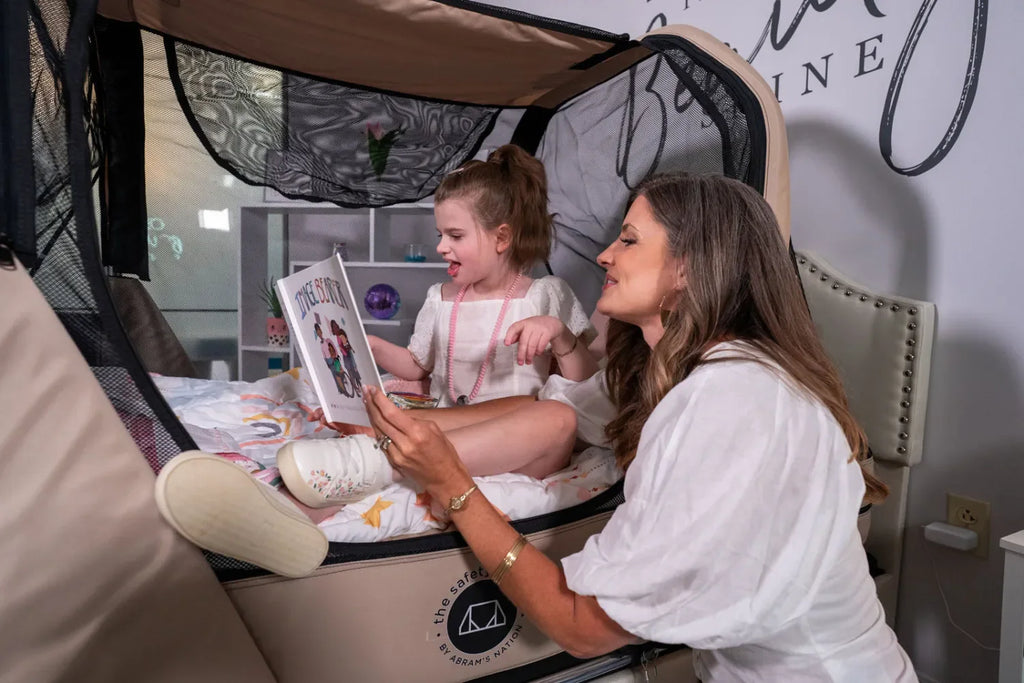People with special needs often require special bedding at bedtime. As these individuals are often more prone to falls, injuries, long-term incontinence, and nighttime wandering, providing them with special needs bedding can have a direct impact on the quality of sleep they receive and their overall health.
After all, not all bedding options are created equally. An old spring mattress can creak and become distracting for individuals with sensory issues. A fitted sheet can easily slip away from the mattress and become a potential hazard or entanglement risk for individuals with involuntary muscle movements. And a bed without side rails could allow individuals with muscle spasms to fall out of bed and crash to the floor. When it comes to selecting special needs bedding, your decisions have a significant impact on your loved one.
That’s why it’s so important to look beyond the color and softness of the material. When picking out the right bedding for a special needs safety bed, you should also consider:
- Safety - Is the bedding designed specifically for individuals with special needs—and to prevent potential choking hazards or entanglement?
- Durability - Can the material withstand heavy use night after night?
- Washability - Is the material sturdy enough to be machine washed, or will it require time-consuming hand washing?
- Water-resistance or waterproofing - How will the material hold up against drink spills or bodily fluids? A waterproof coverlet, for example, can significantly simplify clean up.
With so much to consider, a quick trip to your local department store may not be enough to find the perfect selection for your loved one. To help you in your research, we’ve outlined a number of considerations for picking the ideal special needs bedding to best align with your loved one’s individual requirements.
Picking the Perfect Special Needs Bedding
Here’s what you should consider when selecting special needs bedding:
1. Choose colors carefully.
Research has shown the majority of children with autism spectrum disorder (ASD) perceive colors more intensely than their peers. With that in mind, pay close attention to your loved one’s color preferences, especially if they have ASD—a disorder that can lead to preferring whites, grays, pale pinks, blues, and greens over reds, yellows, and oranges.
Being careful in your color selection can significantly impact the user’s overall sleep quality. If a color is distracting or disruptive, they may struggle to wind down and fall asleep. If the color is soothing, however, it could help them settle down at the end of a long day and assist in achieving restful, restorative sleep.
2. Look for the right coverlet sheet.
In a special needs setting, a coverlet sheet is more than a simple blanket. Like a normal fitted sheet, a coverlet sheet can wrap around the mattress, but it can also provide additional safety and coverage by wrapping around the bed frame as well. To ensure consistent coverage, some coverlets incorporate a zipper design so the coverlet doesn’t come loose during a night of tossing and turning.
If your loved one will sleep directly on top of the coverlet, be sure it’s comfortable and machine washable, especially if there’s a chance of spills or accidents.
3. Find the ideal pillowcase.
As with your coverlet, you should search for a pillowcase that is soft and comfortable, as any sort of scratchy or rough material could distract from a good night of sleep. Again, a breathable, waterproof material may be best if there is a chance of spills or accidents. As with the coverlet, you may consider insisting upon a pillowcase with a zipper to prevent potential entrapment or choking hazards.
4. Pick the right mattress.
Historically, hospitals and care homes have resorted to vinyl mattresses for their inherent waterproofing and durability. However, as a parent you know that’s hardly enough for your loved one! Vinyl itself can be noisy, and old metal springs can creak and moan through the night, which can be disruptive to individuals with sensory issues.
We recommend using a soft and comfortable memory foam mattress. Many memory foam mattresses now include waterproof materials, which can be useful in cleaning up liquids.
5. Decide on enclosures.
Although enclosures aren’t typically thought of in a bedding discussion, they’re essential in a special needs setting, including in situations where a fully enclosed bed could be helpful.
Because railings can become entrapment points, we often recommend breathable netting that is see through and washable to allow an additional sense of security while simultaneously preventing nighttime wandering.
If you do have any sort of enclosure, be sure to include padding for the frame to prevent injuries while rolling over in the middle of the night. As with all other pieces of your special needs bed, be sure to find washable, waterproof materials to extend the life of your purchase.
6. Consider your special needs bedding accessories.
Like enclosure padding, special needs bedding can sometimes include additional accessories that make your loved one more comfortable at bedtime.
Special needs bedding accessories also include:
- Stabilizing straps to prevent tipping and injuries
- Reflective securing system zippers to enhance safety and prevent dangerous nighttime eloping
- A handrail for climbing in or out of the bed
- A pouch for storing a tablet or similar entertainment device
- A place for a nightlight to add an extra sense of security
- Additional waterproof padding sewn to the back of the coverlet safety sheets.
Be sure to consider all of your options so your loved one has all of the necessary resources for high-quality sleep!
Finding A Good Night of Sleep
Purchasing a special needs bed can feel challenging. There are simply so many options out there, the decision can feel overwhelming at first!
But by breaking the process down into individual steps, you can streamline the journey. Plus, that final result has a huge benefit: restful, restorative sleep for someone you love. And because they’re sleeping well, you can sleep well, too.

